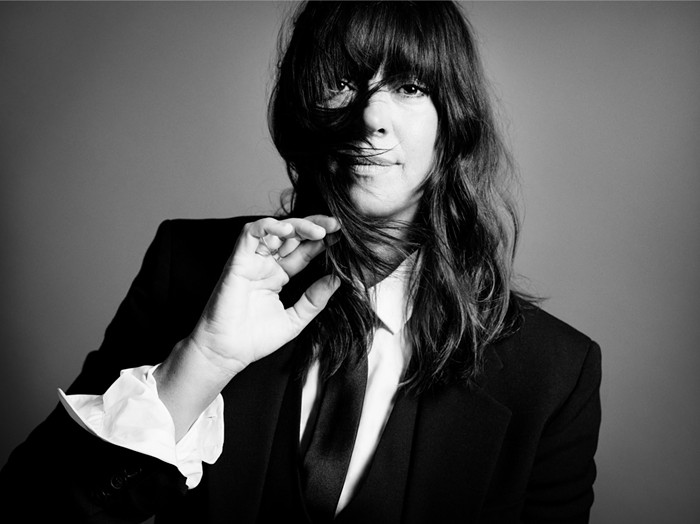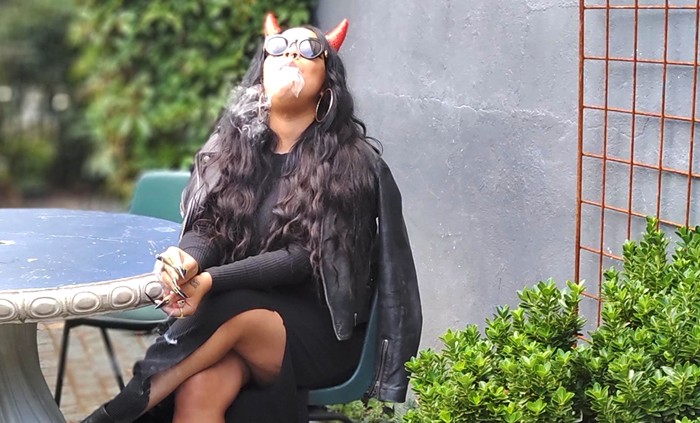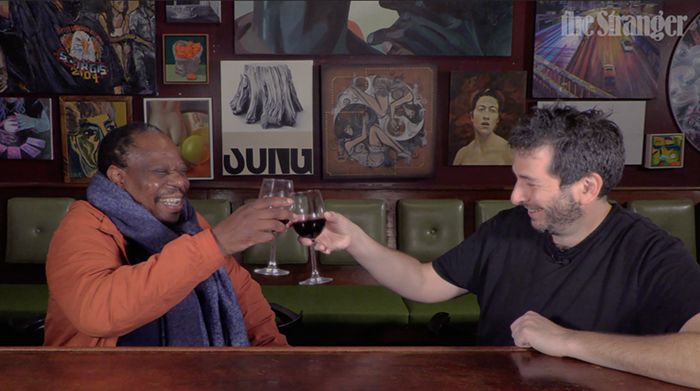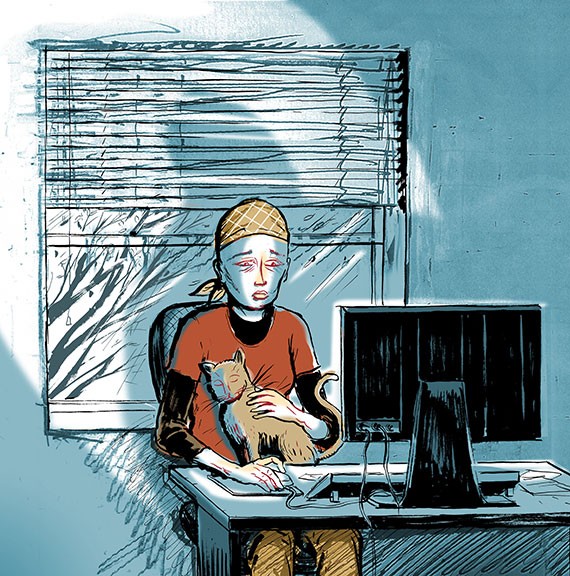Why is it that comic books—even the artsiest, most prestigious comics—veer so easily, so often into genre? Is it the fact that the special effects budget on a blank sheet of paper is basically limitless? Is it that comics have been steeped in genre for so long that it's more difficult for them to shake off that tradition? Whereas "literary" prose fiction generally avoids genre—with a few, comics-addled big names like Chabon and Lethem as the exceptions that prove the rule—even literary comics are heavy with genre.

The new issue of the stellar comics anthology Krames Ergot is packed with genre riffs. The opening story is a short Jimbo yarn by Gary Panter that references Mickey Mouse, Bugs Bunny, Pokemon, and the Hulk. Kevin Huizenga redraws a creepy boy's adventure comic gone wrong that was originally written by an unknown author. Johnny Ryan contributes a (relatively subdued, for him) sci-fi horror story. Not all of the stories here are recognizable takes on genre—this issue is packed with full-color plates of tone poem-like paintings that tell stories completely using geometric shapes and warm, pulsing colors—but more than half of the book calls back to the stories from the early days of comics. And the end of the anthology lovingly reprints a series of full-color painted erotic Oh, Wicked Wanda comics that were originally published in Penthouse in the late seventies and early eighties. These comics are obviously more straightforward examples of genre than the more contemporary stories, but they're also sly, self-aware satires of sexual mores. The juxtaposition of these more classic examples of concrete comics narrative, when placed against some of the spacier, abstract adventures by young cartoonists of today, develop a whole new, sassy attitude and artfulness. It's like they suddenly broke into a whole new genre, just by surviving for so long.
